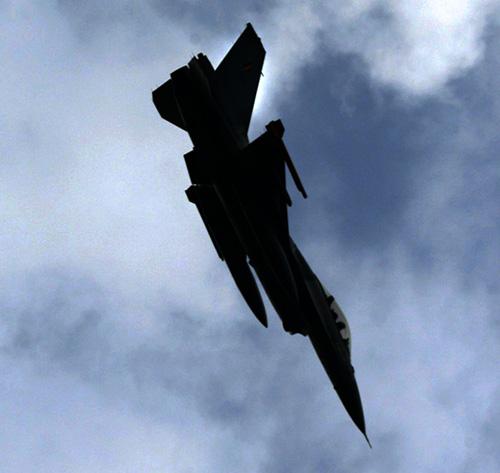The loss of consciousness induced by the G force, also called G-LOC (G-force induced Loss Of Consciousness), can occur when a pilot undergoes a maneuver that involves acceleration that is too high for his body. This causes the absence of oxygen due to the lack of proper blood flow to the brain, causing it to blackouts momentary (so-called "black vision") which in flight can prove fatal.
A declassified document from the US Air Force recently demonstrated how an autopilot system was able to save the life of an F-16 pilot Fighting Falcon who, in a state of unconsciousness, directed the maximum with the afterburners towards the ground. Following a hold tack and with a weight eight times greater, within seconds the pilot loses consciousness leaving his fighter uncontrolled and constantly losing altitude. The F-16 beats to the ground when the instructor, alarmed, intimates the student (callsign Sulley 2) to 'recover'.
At an altitude of 8.760 feet and with a speed of 652 knots (over 1.200 km / h), the Auto-GCAS intervenes, Automatic Ground Collision Avoidance System, performing a recovery climb to prevent the F-16 crash which, in a matter of seconds, has 4.370 people standing an altitude, almost a third of the initial quota.
Soon after Sulley 2 he regains consciousness and everything ends for the better.
This 'automatic recovery system' was introduced in the F-16 at the end of the 2014, and is designed to intervene when it detects the risk of an imminent collision with the ground. The system analyzes the trajectory of the aircraft and, if it records the risk of a collision, automatically performs a rapid correction (even beyond the 5 G) to find the position.
Since its introduction this is the 4 ° registered case in which theAutomatic Ground Collision Avoidance System it proved providential: if this incident had occurred in the absence of the Auto-GCAS, Sulley 2 probably would have been doomed.












